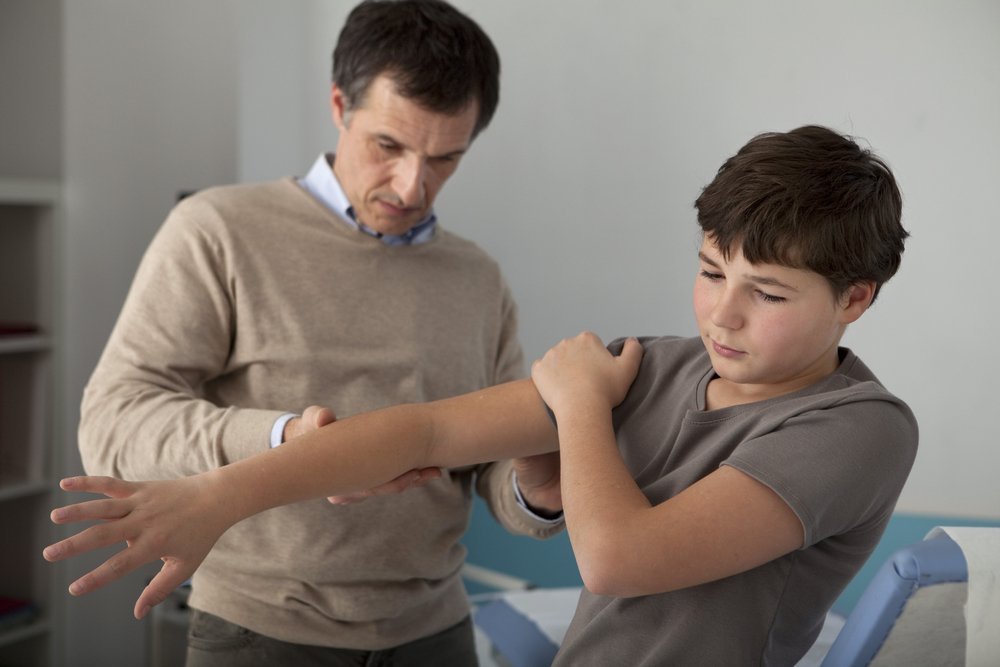Children with Cerebral Palsy Require More Pain Management, Study Says

Children with cerebral palsy (CP) often have pain that is overlooked by therapists and caregivers, a new study found. This pain frequently has articular (joints) and orthopedic origins, and can be linked to scoliosis and therapies for spasticity, among other causes.
The report, “Prevalence of pain in 240 non-ambulatory children with severe cerebral palsy,” was published in the journal Annals of Physical and Rehabilitation Medicine.
Assessing the level of pain in children with CP is important because it occurs frequently and can be aggravated by care. Previous studies have reported the varying frequency of pain in children with CP, but comparing the results of these studies is difficult, the authors stated.
Researchers set out to “estimate the prevalence of pain among a homogeneous population of young and non-ambulatory children with CP and to identify the factors associated with a high risk of pain.”
The team analyzed data from an ongoing clinical trial (NCT01840930) with non-ambulatory children with CP, ages 3 to 10. Researchers determined if pain was present by directly posing two questions to the child and the child’s family, as long as the patient could communicate and understand the questions.
“We also asked whether the child was given analgesics occasionally, which represented a way to better detect the criterion ‘presence of pain,’” researchers wrote.
The level of pain was assessed via a visual analog scale for children able to communicate and with the Douleur Enfant San Salvadour (DESS) scale, a specific measurement for non-communicating children.
In total, 240 children were included in the analysis (107 girls and 133 boys).
Overall, 65 children experienced pain for an estimated pain prevalence of 27.1%. The pain in all of these children was orthopedic in origin. Twenty-six children (45.6%) also experienced pain of another origin.
Regarding pain care, 47.4% of the children were occasionally given analgesics.
“The most frequent pain sites were the hips (43.4%) and the feet (26.9%). The circumstances of pain were joint mobilization in 35/60 children (58.3%). The sitting position was mentioned as painful for 6/58 children (10.3%),” the researchers wrote.
Moreover, the team found that pain increased with scoliosis (43.1% versus 24.1%, with and without pain, respectively) and spasticity treatment (32.3% versus 17.2%, respectively). Scoliosis is a term that describes an abnormal, side-to-side curvature of the spine. Spasticity is a condition in which certain muscles are continuously contracted.
The study suggests that children with CP are often burdened with pain, particularly articular and orthopedic pain. This is often overlooked by caregivers.
“We point to the importance of systematically evaluating pain in these children, especially by therapists and caregivers, as a recommendation or at least as questioning. The treatment of pain should begin as soon as possible, to prevent not only the excentration of hips but also deformation of feet and scoliosis,” the team concluded.


